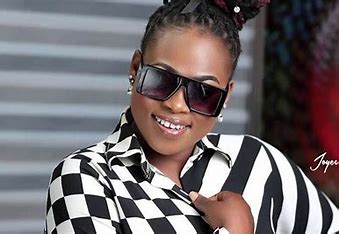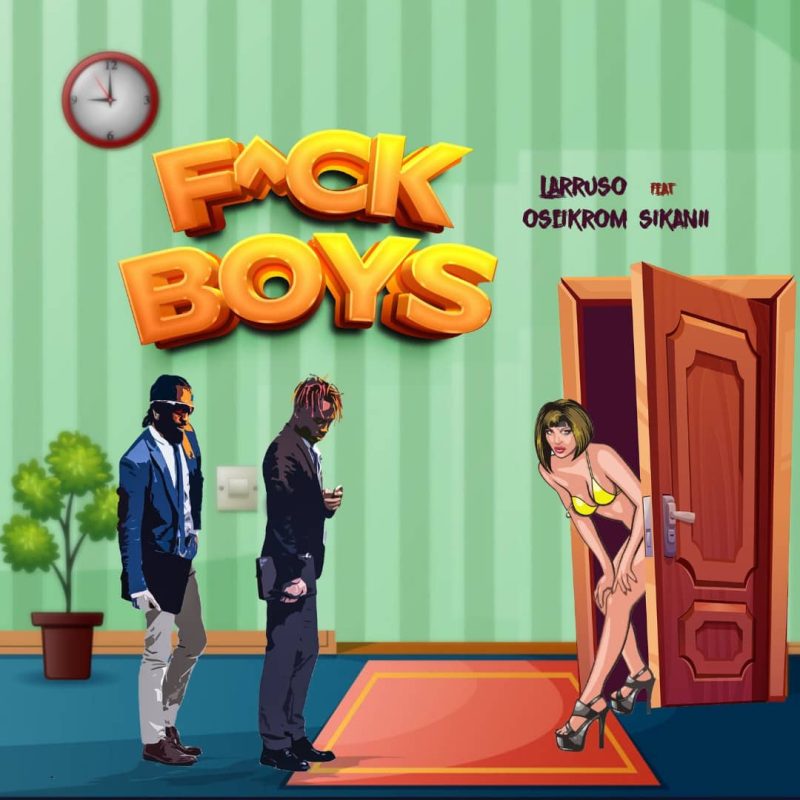Nothing compares to Sinéad O’Connor
Written by ABR on 27/07/2023
Growing up, we never listened to any Sinéad O’Connor. We were Irish, she was Irish, but she never featured in our Irish Catholic house. In the 90s and 00s, Sinéad was perceived in mainstream culture as awkward, a problem, both within Ireland and outside it. I didn’t know any Sinéad O’Connor songs, except, of course, for the ubiquitous cover of Prince’s “Nothing Compares 2 U”. I only knew her as the woman who ripped up a photo of the Pope, the same photo we had on our wall in the living room, on live TV in front of millions of people on SNL. I didn’t even know what SNL was.
It embarrasses me to admit this, that it took me until adulthood to even begin to understand and appreciate Sinéad’s huge talent, her activism, her influence at home and around the world. I feel jealous of those who grew up with her music. But to deny it would be a retelling of her story after the fact. Is it any wonder I didn’t grow up appreciating her? Sinéad spent much of her short life being misunderstood, maligned and ridiculed by the music and entertainment industry, by the Catholic church, by those who thought she was nothing more than something to be created in a commercial image and then discarded when that image no longer fit.
Of course, Sinéad was so much more than this. There was always a depth and a duality to her, which was part of the reason why those who loved her loved her so ardently. She appeared as one thing, but then revealed herself to be another, and in doing so exposed the hypocrisy of expecting her to be one-dimensional in the first place. When she arrived in London to crack the music industry, a tiny, wide-eyed Irish girl singing folk songs, she must have seemed like putty. The music industry quickly set about moulding her. They were unsuccessful. She shaved her head. She got pregnant and refused to have an abortion. Her early press shots for that first album reveal an inkling of the woman the world would get to know; a disruptor, someone who didn’t play by the rules, and pushed back on them when they seemed unjust. She appears with her trademark shaved head, stretching a T-shirt that reads WEAR A CONDOM over her heavily pregnant belly.
It was a rejection of the male gaze before the term ‘the male gaze’ had been normalised in the cultural conversation. Now, women shave their heads all the time. It looks cool. But this was 1987. It was brave. “It’s dangerous to be pretty, too, because I kept getting raped and molested everywhere I went,” she told Dr Phil 30 years later, of the decision to cut off her hair, speaking with trademark candour. “I did not want to dress like a girl. I did not want to be pretty.” Sinéad ended up keeping the shaved head for the rest of her life, because whenever she grew it out she got mistaken for Enya.
Even the cover of her debut album, The Lion and The Cobra – the one you’ve probably seen on everyone’s Instagram stories over the past 24 hours, sharing “Drink Before The War”, or “Mandinka”, or “Jerusalem”, or any of the other incredible, timeless songs on that album – she had to fight for. Initially shy and awkward around the photographer, she eventually opened up when she was allowed to scream and go wild. The final shot of that atavistic scream was deemed too aggressive for American audiences; the album was released in the US with a different sleeve image.
Of course, it wasn’t just her own career that Sinéad advocated for. In fact she often jeopardised her own platform to elevate others. When she first performed at the Grammys in 1989 – her debut performance on one of the industry’s most prestigious stages – she chose to protest the Academy’s decision not to broadcast Best Rap Album by spray painting Public Enemy’s band logo, and a target, into her head.
Introducing her, Billy Crystal describes Sinéad presciently, her weakness and her strength combined. “21 years old. Comes from Ireland,” he says. And then: “And with her debut album the Lion and the Cobra she has served notice that this is no ordinary talent.” Of course Sinéad, who belted out her song on an empty stage, her infant son’s babygrow tied to the back of her jeans, was no ordinary talent. She was not a pop star. And she proved that three years later, when she tore up that photograph of Pope John Paul II and – it was widely reported – wilfully torpedoed her own career. Sinéad herself has never seen it like that. “People say ‘oh, you fucked up your career’, but they’re talking about the career they had in mind for me”, she said after the fact. “I fucked up the house in Antigua that the record company dudes wanted to buy. I fucked up their career, not mine.”
It’s difficult now to see the reaction to that performance as anything other than grandiose and bizarre. Sinéad was effectively banned from America. Angry mobs burned her records. Joe Pesci, hosting SNL the following week, said he “would have gave her a smack”. At a Bob Dylan tribute concert at Madison Square Garden, the booing grew so loud she was forced to sing a capella. Madonna went in on her for being sacrilegious, despite the fact three years before she released “Like a Prayer” complete with a video in which she fucks Jesus.
To understand the backlash, you have to understand that Sinéad was not just one voice in a chorus, giving a platform to something that was already known and accepted by the general public. It would be another ten years before The Boston Globe published their expose into the Catholic church’s sexual abuse of children. The response was to ostracise her, to say: okay, maybe we do know it’s happening, maybe we do need to talk about it, but why did it have to be Sinéad? And why did she have to do it like that? Even without having to live it, thinking about it is exhausting. Thinking about it makes me want to cry. But Sinéad was resilient. When musician Kris Kristofferson, who said her name was “synonymous with courage and integrity”, told her not to let the bastards booing her at MSG get her down, she smiled back: “I’m not down.”
The loss of her star power could have broken her, but instead Sinéad used the post-SNL meltdown to become what she always was anyway: a protest singer. She kept releasing albums, but she kept working behind the scenes too. She donated clothes and makeup to trans charities in Ireland. She sold paintings to raise money for Dublin charity Penny Dinners. She had always been outspoken politically, calling for a United Ireland even at the height of her fame, when it was unfashionable and even dangerous to do so, and remained politically active throughout her life. A lifelong supporter of women’s reproductive rights, she was a vocal supporter of the Repeal the 8th campaign. Her memoir, Rememberings, was published in 2021 and became an instant bestseller.
And in the background the world began to change. In 2013, the Irish government issued an official public apology for their participation in Magdalene Laundries, brutal institutions for ‘fallen women’ which Sinéad was a vocal critic of, and had spent time in as a teenager. It took a long time for that recontextualisation to happen. To have been working away all that time, to have remained creating in spite of a cultural landscape that didn’t have time for you, it must have been exhausting. Outside of her work, Sinéad suffered devastating personal losses and health battles too. She suffered from fibromyalgia and was open about her mental health struggles, again before it was seen as acceptable for those in the public eye to do so. She was married and divorced four times; her son Shane died last year, aged just 17.
There’s never been a Sinéad episode of You’re Wrong About (the podcast that revisits cultural moments and figures of derision from the past to view them through a modern lens) but there may will be one day. We were wrong about her. And her cultural impact endured in spite of our cynicism; 22 years after she posed pregnant in a crop-top, MIA performed whilst eight months pregnant at the Grammys. “Drink Before the War” found a new audience when it was featured in an episode of Euphoria. The Irish designer Robyn Lynch finished her AW23 show by sprinting down the runway to “Mandinka”. Last year, Nothing Compares, a documentary about Sinéad’s life and career, was released by Kathryn Ferguson, who said Sinéad was “ahead of her time in every single way”. As the news of her death broke last night, Irish President Michael D Higgins said in a statement: “To those of us who had the privilege of knowing her, one couldn’t but always be struck by the depth of her fearless commitment to the important issues which she brought to public attention, no matter how uncomfortable those truths may have been.”
And along the way, in adulthood, I discovered Sinéad O’Connor the artist, after only knowing her erroneously as a child as Sinéad O’Connor, the pop star who hated the Pope. I feel devastated that I didn’t have longer to love her. I think the news of her death yesterday left a lot of people feeling like that, that the world wanted more time with her. Her integrity and refusal to keep trying to prove herself to the world, her ability to be totally herself, is as powerful and impressive today as it was in 1987. She was an activist and an artist, unapologetic, ethereal, a fearless iconoclast. No one else compares.



 ABR Group
ABR Group